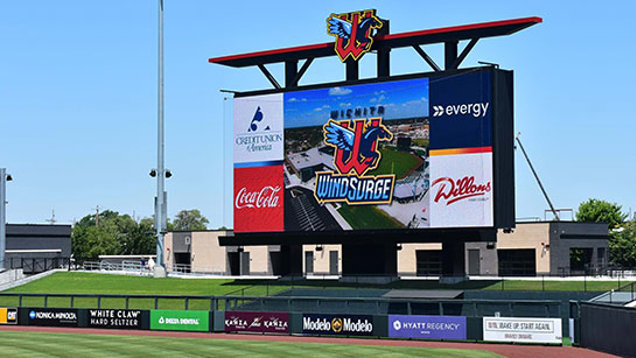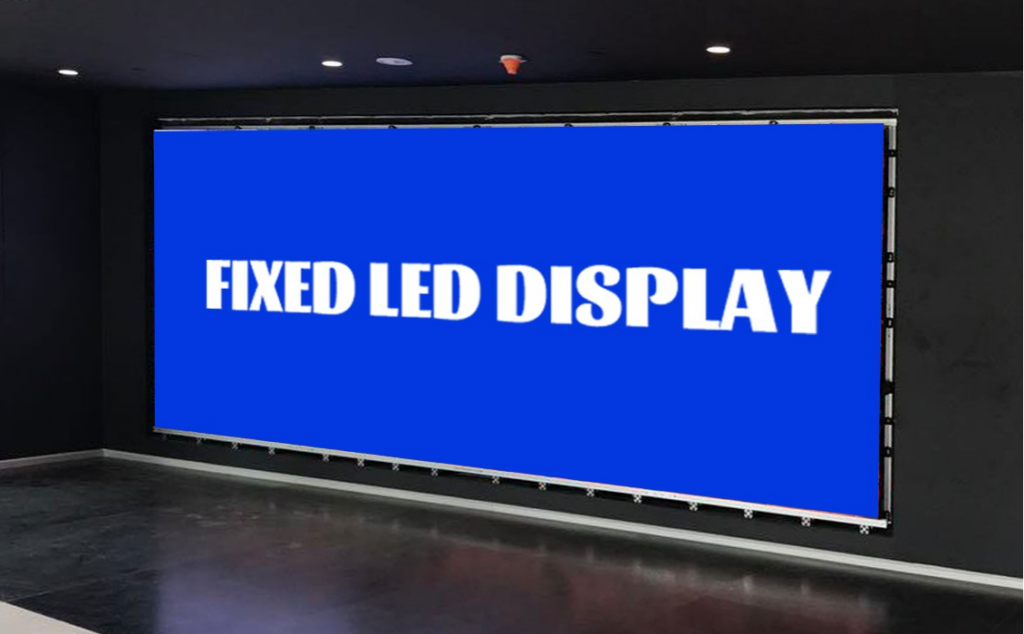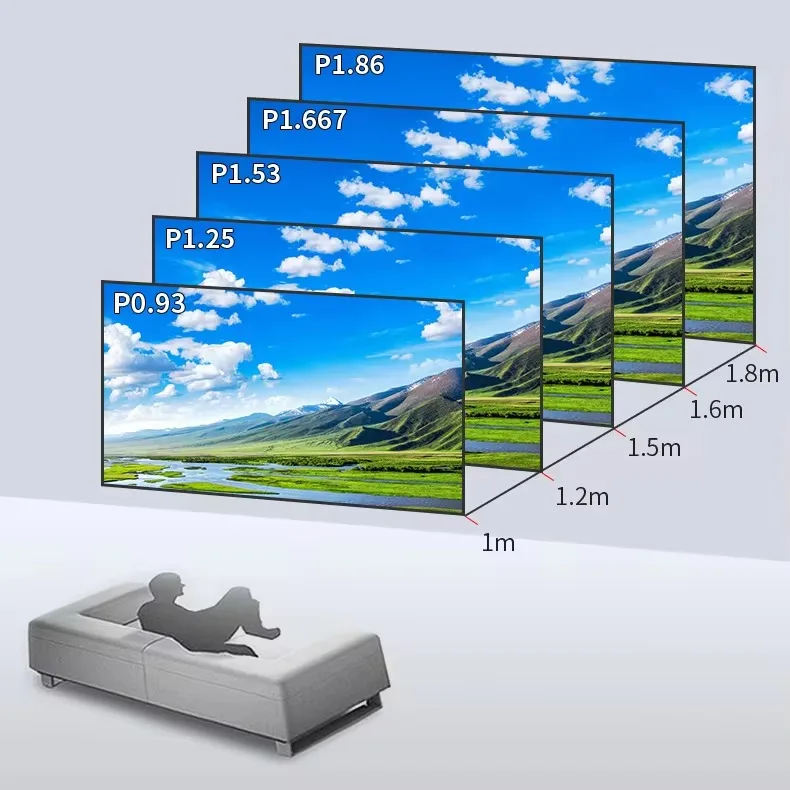LED screens are a significant investment, especially for businesses such as retail stores, restaurants, and entertainment venues that require multiple displays. To maximize your return on investment, it’s crucial to choose the right LED screens that align with your business objectives. This guide will help you navigate the essential factors to consider when selecting an LED screen.
1. Define the Primary Purpose of Your LED Screens
Before making a purchase, determine the main use of your LED screens. Common applications include:
- Advertising & Branding: LED screens are highly visible, dynamic, and attention-grabbing, making them ideal for promotions and brand awareness.
- Information Display: They can be used to share important updates, product details, and menu boards in retail and restaurant settings.
- Entertainment & Ambience: Many venues use LED displays for immersive experiences, background visuals, or live streaming content.
Understanding the purpose of your screen will guide you in choosing the right specifications.
2. Indoor vs. Outdoor LED Screens
The location of your LED screen significantly impacts its design and specifications.
Outdoor LED Screens
Outdoor screens must be built to withstand environmental conditions such as rain, dust, and extreme temperatures. Key features include:
- High IP Rating: Look for an IP65 or higher rating to ensure protection against water and dust.
- High Brightness: Outdoor screens require at least 5,000-10,000 nits brightness to remain visible in direct sunlight.
- Durability: Weather-resistant casing and temperature-regulating systems enhance longevity.

Indoor LED Screens
Indoor screens do not need the same level of weather protection but should focus on:
- Lower Brightness: Around 800-1,500 nits is sufficient for indoor environments.
- Lightweight Design: Screens designed for indoor use are generally thinner and easier to install.
- Higher Resolution: Since indoor screens are viewed at closer distances, a finer pixel pitch ensures clearer images.

3. Understanding Pixel Pitch and Resolution
What is Pixel Pitch?
Pixel pitch refers to the distance between adjacent pixels on an LED screen. A smaller pixel pitch (P1.5-P3.0) means higher resolution and better image quality, while a larger pixel pitch (P4.0-P10.0) is suitable for long-distance viewing.
| Pixel Pitch | Best Viewing Distance | Typical Use Case |
|---|---|---|
| P1.5 – P3.0 | 1-5 meters | Indoor, high-resolution displays |
| P3.0 – P5.0 | 5-15 meters | Retail advertising, trade shows |
| P5.0 – P10.0 | 15+ meters | Outdoor billboards, stage backdrops |
For advertising and branding, opt for a low pixel pitch to ensure sharp text and vivid visuals. For billboards or concert backdrops, a higher pixel pitch may be more cost-effective.
4. Choosing the Right Screen Size & Viewing Distance
Screen size should be chosen based on the expected viewing distance.

- For large event venues, ensure screens are at least 1 meter high per 30 meters of viewing distance.
- Indoor displays can be smaller but should balance size with brightness and resolution.
- The screen should also fit within the physical constraints of the installation area while remaining visible to the audience.
5. Customization Options for Unique Applications
LED screens come in various designs to suit specific needs. Consider:
- Transparent LED Screens: Ideal for store windows, allowing visibility through the screen while displaying dynamic content.
- Curved LED Screens: Suitable for immersive environments or uniquely shaped installations.
- Floor LED Screens: Designed for interactive experiences, commonly used in exhibitions and entertainment venues.
- Ceiling or Stair LED Screens: Adds a unique visual element to architectural spaces.
Customizing your screen can enhance brand presence and create a memorable experience for viewers.
6. Integration with Content Management Systems
Seamless content control is crucial for businesses managing multiple LED screens. Look for screens that:
- Support Cloud-Based CMS: Allows remote updates and centralized content management.
- Are Compatible with AV Systems: Ensures smooth integration with existing media setups.
- Enable Automated Content Scheduling: Helps keep displays fresh and relevant.
This feature is particularly important for retail chains, restaurants, and event organizers managing multiple locations.
7. Installation & After-Sales Support
To get the most from your LED screen investment, consider:
- Professional Installation Services: Ensures optimal performance and seamless setup.
- Technical Support & Warranty: Look for a supplier that offers maintenance services and product guarantees.
- Training for Staff: Some suppliers provide training on managing and troubleshooting the screen system.
Reliable after-sales support ensures that your investment remains functional and efficient over time.
Conclusion: Making the Right Choice
Selecting the right LED screen requires careful consideration of intended use, location, resolution, size, customization, integration, and after-sales support.
- For high-impact advertising and branding, opt for high-resolution, small pixel pitch displays.
- For outdoor visibility, prioritize brightness and durability.
- For dynamic content control, ensure integration with an efficient CMS.
- For seamless operation, choose a supplier that offers installation and support services.
💡 Need help choosing the perfect LED screen for your business? Contact us today for expert advice and competitive pricing!

